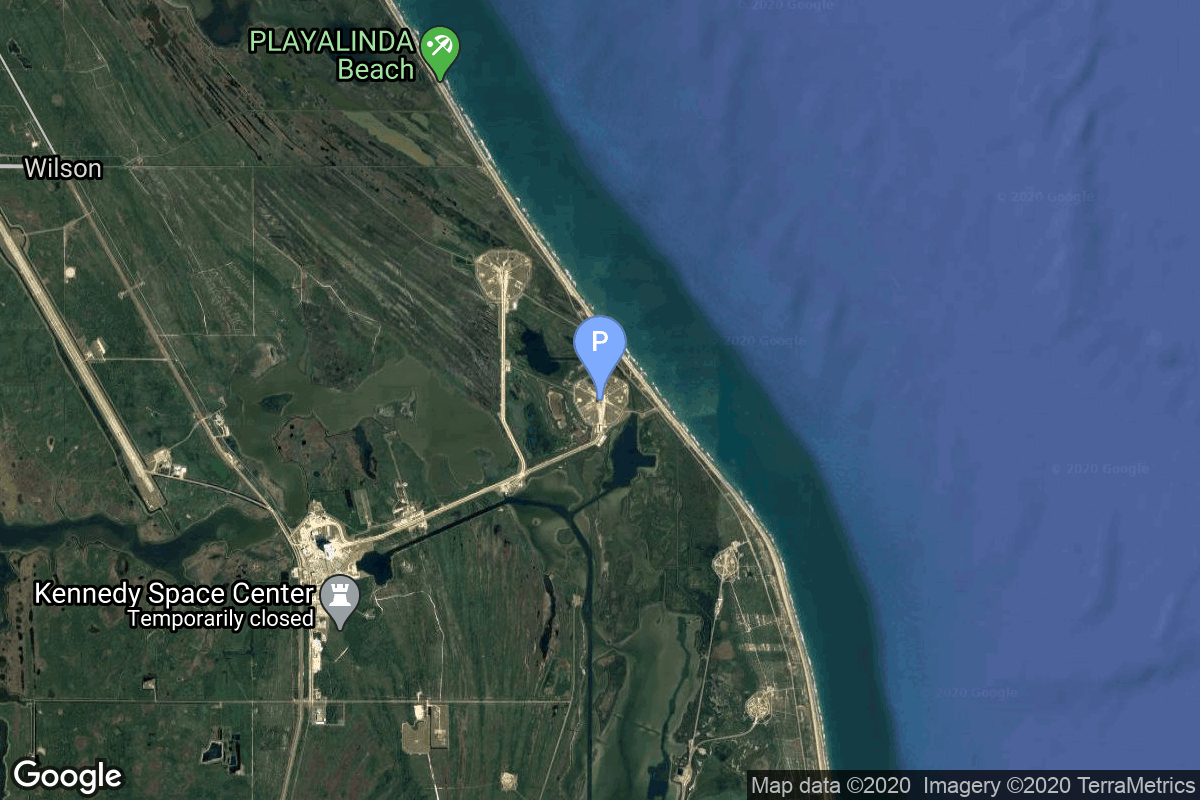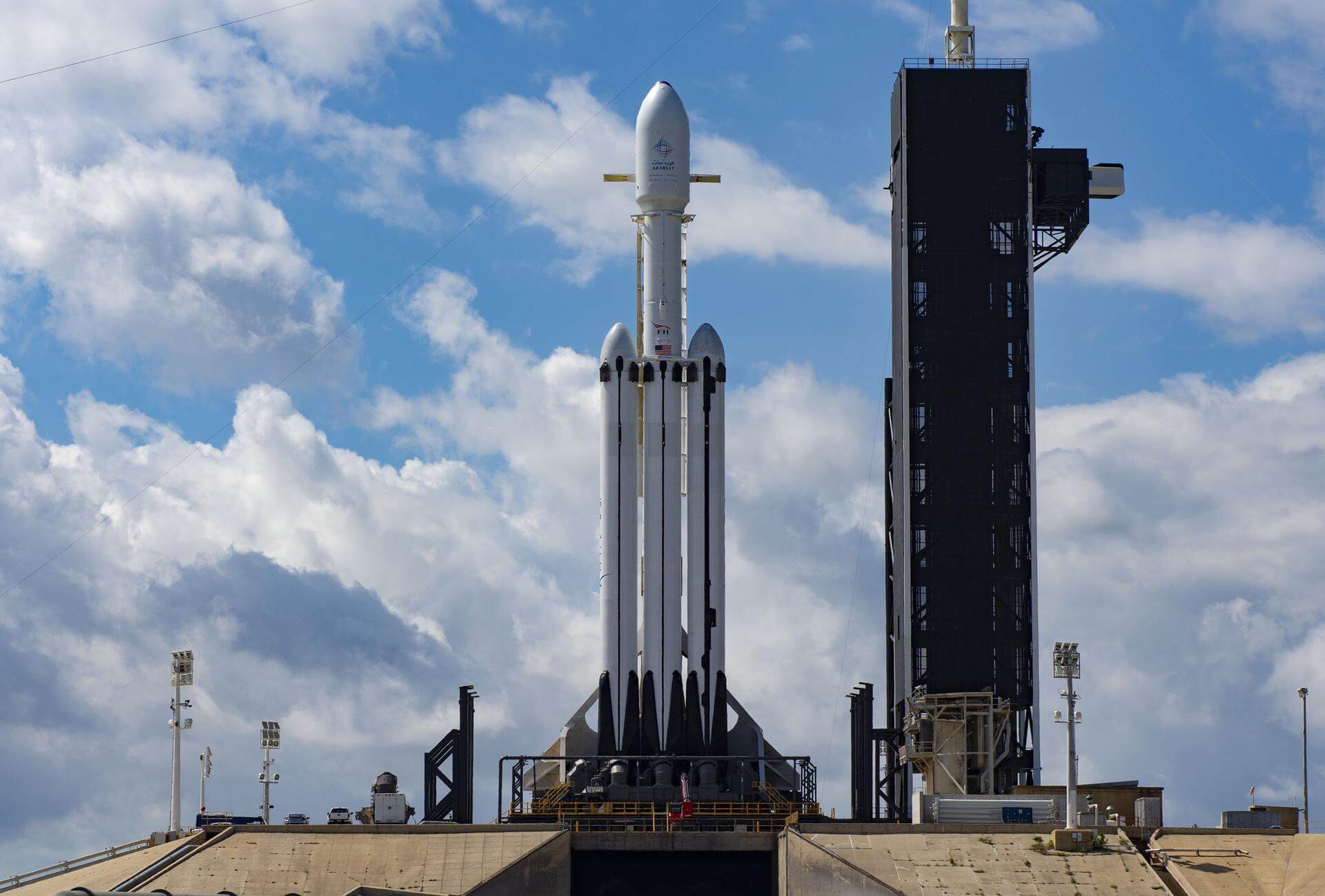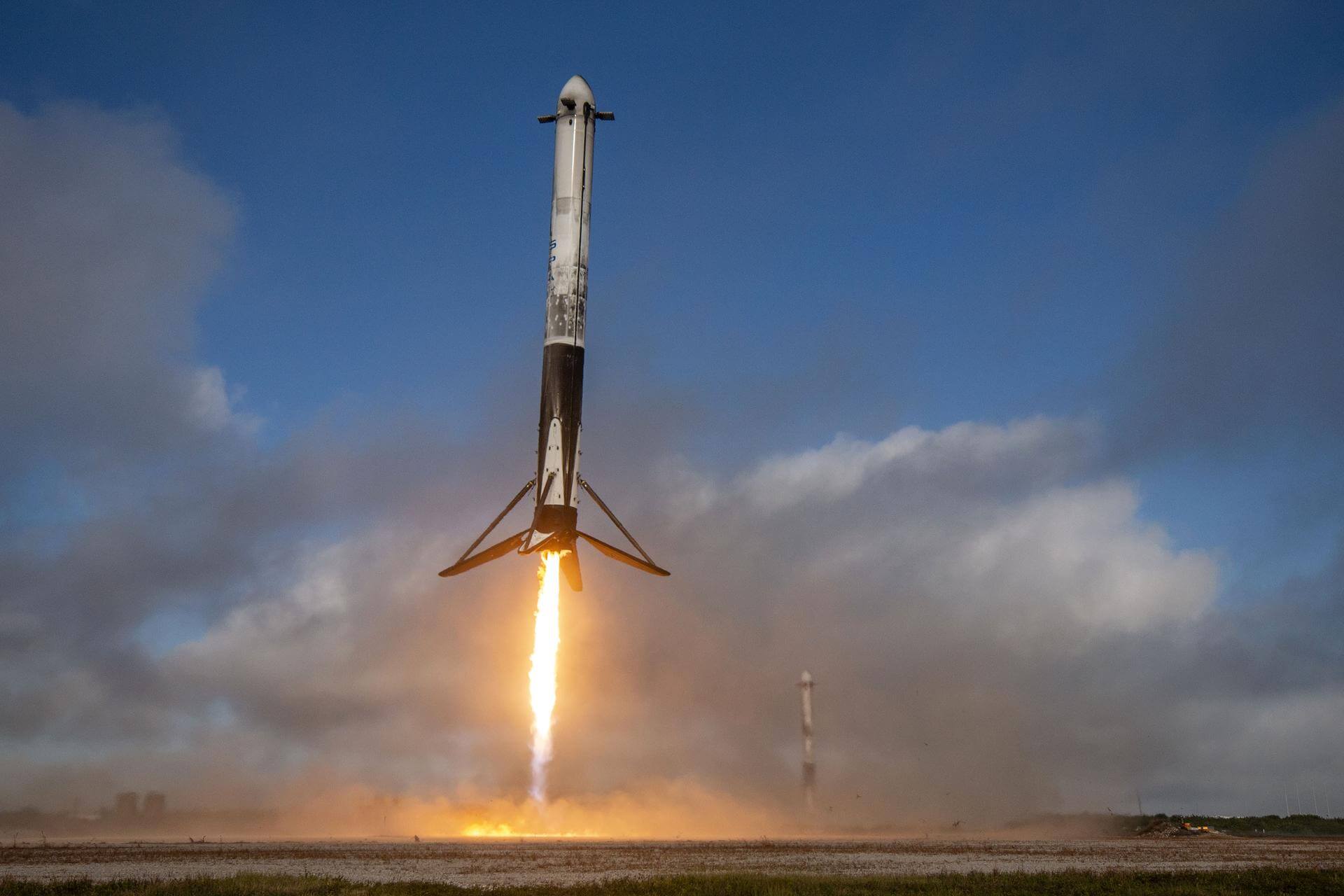Europa Clipper
Falcon Heavy
SpaceX
Trajectory
Trajectory is not available. Check back for updates.
Mission
Europa Clipper
- Type: Planetary Science
- Orbit: Heliocentric N/A
- Launch Cost: $90,000,000
Europa Clipper is the first dedicated mission to study Jupiter’s moon Europa. Mission is developed by NASA and comprises of an orbiter spacecraft, which, while in orbit around Jupiter, will perform numerous flybys over Europa. Europa Clipper payload suit included high-resolution cameras and spectrometers for imaging Europa’s surface and thin atmosphere, an ice-penetrating radar to search for subsurface water, and a magnetometer and gravity measurements to measure the moon’s magnetic field and unlock clues about its ocean and deep interior.
Location
Rocket
Landing
Core Unknown FH
Booster Unknown FH last launched unknown and has seen 0 successful launches and landings. Booster serial number unknown.
Atlantic Ocean – ATL
Atlantic Ocean
Expended – EXP
Vehicle did not perform any landing operations after launch
Strap-On Booster B1065
Booster B1065 last launched 12/29/2023 and has seen 5 successful launches and landings. Sidebooster paired with B1064, launched 2 USSF mission.
Atlantic Ocean – ATL
Atlantic Ocean
Expended – EXP
Vehicle did not perform any landing operations after launch
Agency
SpaceX
Space Exploration Technologies Corp., known as SpaceX, is an American aerospace manufacturer and space transport services company headquartered in Hawthorne, California. It was founded in 2002 by entrepreneur Elon Musk with the goal of reducing space transportation costs and enabling the colonization of Mars. SpaceX operates from many pads, on the East Coast of the US they operate from SLC-40 at Cape Canaveral Space Force Station and historic LC-39A at Kennedy Space Center. They also operate from SLC-4E at Vandenberg Space Force Base, California, usually for polar launches. Another launch site is being developed at Boca Chica, Texas.





This one is for you Arthur C.Clark & Stanley Kubrick ….2001.